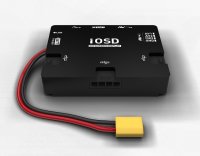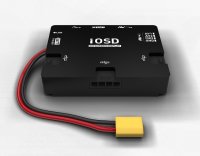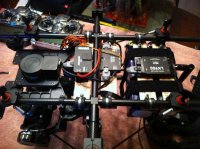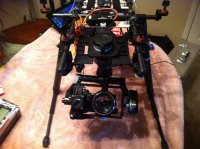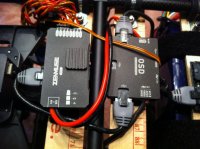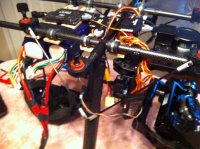DJI Innovations
Member
DJI On Screen Display (IOSD) with 2 AV-in,releasing.
DJI will release this OSD in early Oct. with the features as below:
1. Flight data overlaid, including Battery voltage, Attitude, GPS, Flight mode, Altitude, Velocity, Distance etc.
2. Users can get firmware upgrade online free to optimize user experience.
3. Can have 2 AV sources go into the OSD simultaneously and switch between them
4. Can remote switch the transmission channel of DJI 5.8G Video downlink
5. Support DJI WKM at the moment, and WKH, Ace One, Ace WP soon.
6. Compact size: 52*41*11mm; 42g
7. Support 3-6S Lipo battery
View attachment 6551View attachment 6552
DJI will release this OSD in early Oct. with the features as below:
1. Flight data overlaid, including Battery voltage, Attitude, GPS, Flight mode, Altitude, Velocity, Distance etc.
2. Users can get firmware upgrade online free to optimize user experience.
3. Can have 2 AV sources go into the OSD simultaneously and switch between them
4. Can remote switch the transmission channel of DJI 5.8G Video downlink
5. Support DJI WKM at the moment, and WKH, Ace One, Ace WP soon.
6. Compact size: 52*41*11mm; 42g
7. Support 3-6S Lipo battery
View attachment 6551View attachment 6552
Attachments
Last edited by a moderator:

